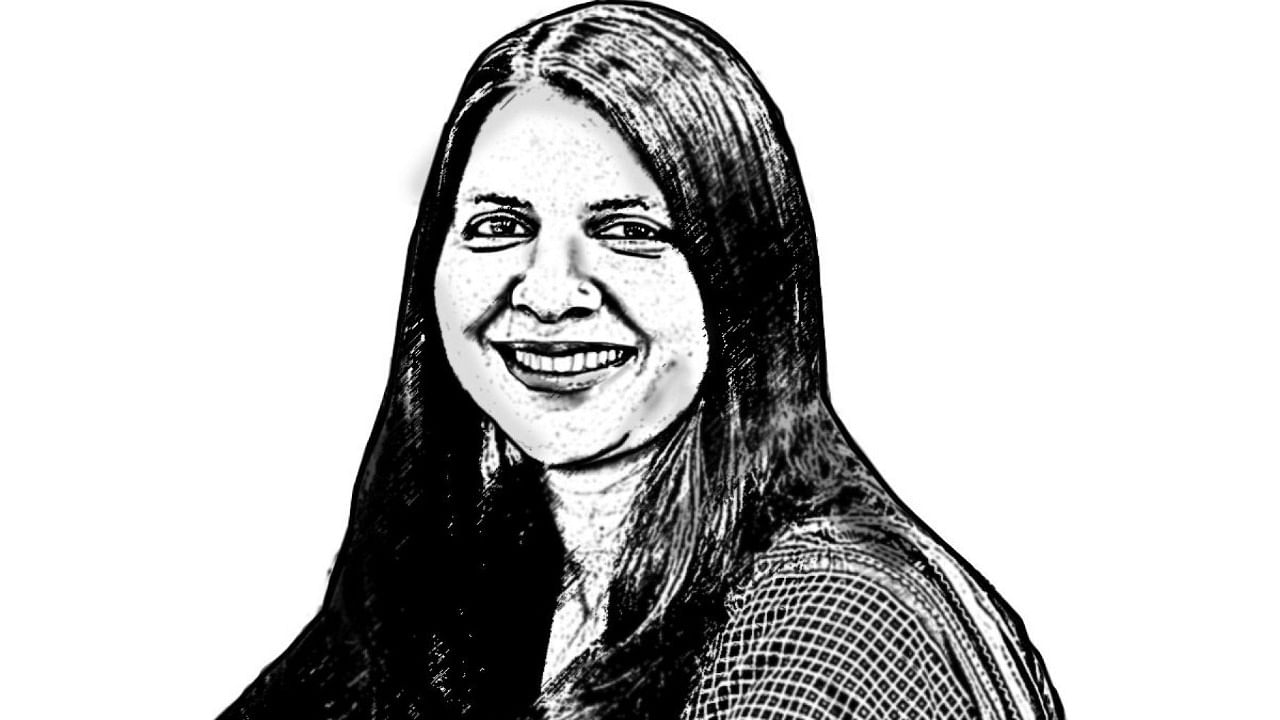
The Government of India has postponed the decadal census, which was due in 2021, indefinitely. The last official report of the Consumption Expenditure Survey (CES) conducted by the National Sample Survey Organisation (NSSO) -- the basis of calculating poverty estimates -- in the public domain dates back to 2011. The nationwide Socio-Economic Caste Census (SECC) was last conducted in 2011-12!
Once known globally for its statistical prowess, India today confronts the embarrassing reality of a statistical vacuum. In recent months, economists of all hue, have dared to step into this vacuum to conduct all manner of complex gymnastics routines to arrive at an “estimate” of poverty in 2023 using 2011-12 data. The sophistication of these routines varies, as do the conclusions. Thus, depending on your priors, poverty in India has increased, decreased, or all but disappeared. Meanwhile, economists are busy exchanging blows in their ivory towers and on our op-ed pages, over method, estimates and databases (private surveys, wages, consumption surveys, national accounts statistics). Regardless, all involved know that the truth will only be known if and when the public data vacuum is credibly filled by our statistical agencies.
Also Read | A young country's slim window of opportunity
Far away from the op-ed pages and statistical artefacts, however, a new politics of poverty is unfolding, one that arguably has greater significance for the great Indian poverty debate and its policy implications than the current preoccupations with poverty trends.
The only conclusion to draw from the Government of India’s stubborn refusal to fill the statistical vacuum is that it fears the political consequences of acknowledging the reality that poverty may well have increased. Moreover, apart from the caste census, there has been almost no political pressure from the Opposition on the decadal census and the absence of poverty statistics. Rather counterintuitively, this is not an issue that any Opposition political party has taken to the voter in state elections. Should we conclude then that the lived experience of poverty is no longer electorally salient? Or indeed, and somewhat fantastically in my view, that poverty has all but disappeared?
Here is the paradox. While poverty statistics have been ignored, implicit in the welfare announcements of recent years is a recognition by the government that much of India is indeed “poor” and in need of some form of welfare support. Across political parties, schemes are routinely launched covering a wide spectrum of citizens – female-headed households, women homemakers, mothers of school-going children, college-going youth, students who’ve completed their matric exams, farmer families, unorganised workers. If you need proof, look at the promises being made by political parties in the Karnataka election: scholarships for schoolchildren, cash transfers for women, unemployment dole for young job-seekers.
The disjuncture lies in the fact that poverty, linked to income measures, is no longer the primary category for electorally salient welfare announcements. The site of electoral contestation has moved from identifying those “Below Poverty Line” and in need of benefits to determining who should be “excluded” from the welfare net. And while the lack of data makes it hard to make accurate estimations, I would venture a guess that taking central and state schemes together, in rural India today, except for households in the top income deciles, at least one individual within a household would be “eligible” to receive welfare benefits of some kind.
It is almost as though India’s political class has acknowledged what most development economists are still debating – poverty is multidimensional, and despite economic growth, the bulk of India still remains “vulnerable” to extreme poverty and in need of welfare support.
In reaching out to “categories” of citizens, politics has broadened the definition of “who is poor?” by acknowledging the role of structural factors – gender, age, skills, employment – that contribute to poverty. Thus, on paper, welfare benefits today are near-universal, targeted to most citizens, not just the poorest.
But here is the irony. Despite this plethora of political announcements, India has not witnessed a significant expansion in its welfare spending. Indeed, as a percentage of GDP, India’s welfare state remains one of the smallest among comparable economies. For instance, according to World Bank data, India spends less than 3% on social protection schemes (including most cash transfers). Compare this with Brazil and China that spend nearly 15% of their GDP. The expansion of scheme beneficiaries in India has been made possible by the fact that for the most part, the cash/kind transfers offered have been funded by under-prioritising expenditures in public goods provisioning (education, health) rather than expanding government spending. It is an outcome of political expedience that is seeking to forge a new consensus with voters rather than an ideological commitment to building a robust welfare state.
Underlying this new consensus is the harsh reality of India’s economic failures. Economic growth has simply failed to create genuine economic opportunity for all. In the present moment, the combination of successive economic shocks that has increased economic precarity and an underemployed but aspirational young voter has created new pressures. But the political response has been half-baked and reflective of the poverty of our economic imagination. The plethora of welfare announcements are not embedded in a complementary economic framework that will address the structural constraints to economic opportunity. The collective failure of all political parties to respond to the scarcity of jobs – beyond commitments to expand government jobs – is an illustration of this.
This is why it suits the government to remain silent on the poverty data. And so, it is on us as citizens to demand credible statistics. Gymnastics with 2011 data simply won’t do.